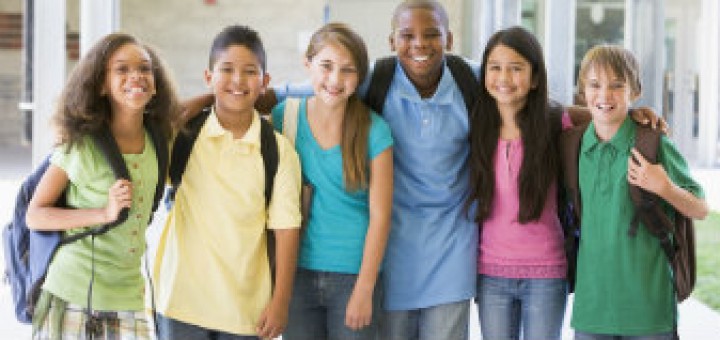Start 24/25 with Super Ideas from MiddleWeb
Who will be coming in your door this fall? Upper elementary? Slightly older kids who sometimes feel childish and at other times want to be treated as adults? Here are MiddleWeb’s back-to-school strategies from educators that can help make all of your new students feel welcome!

























